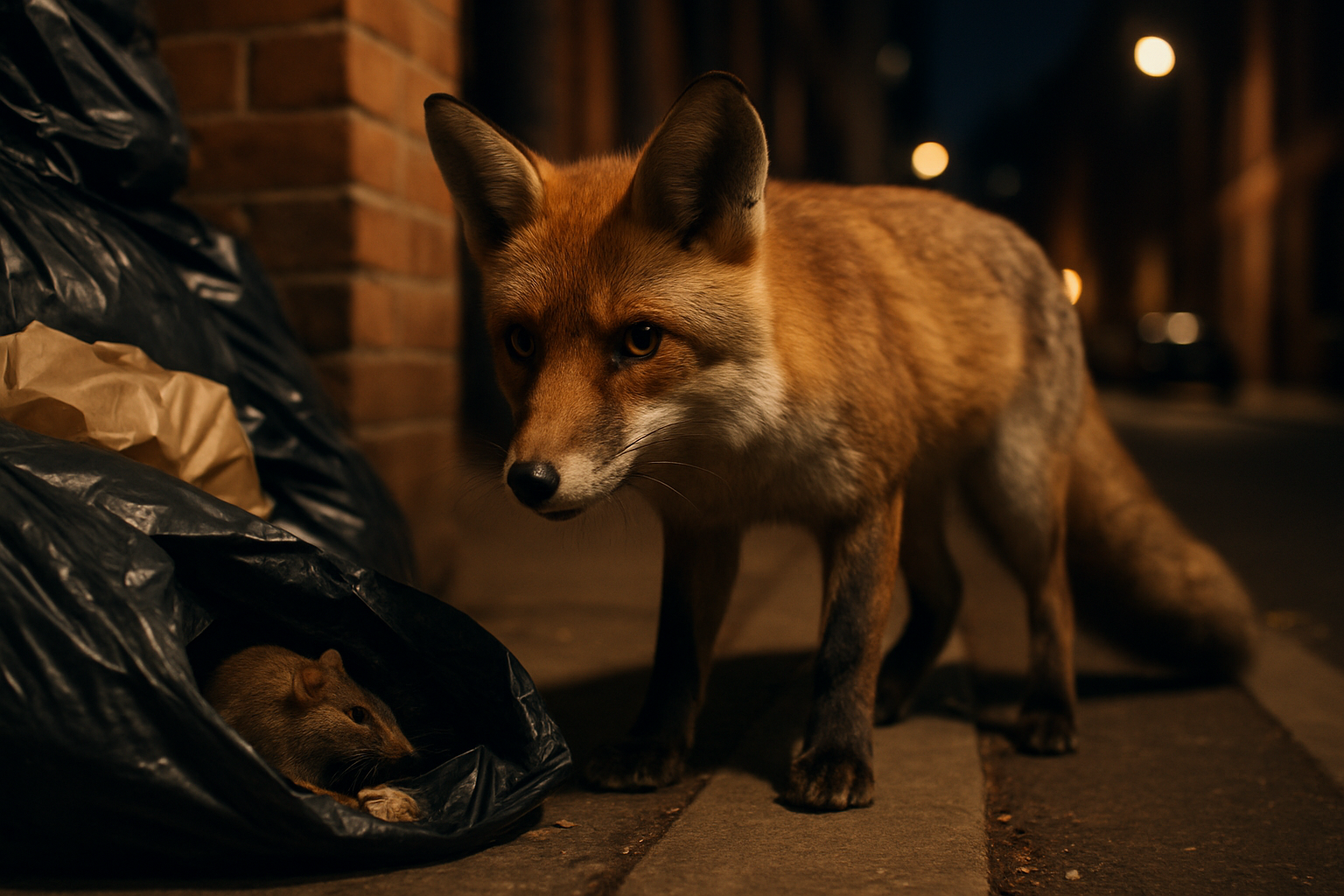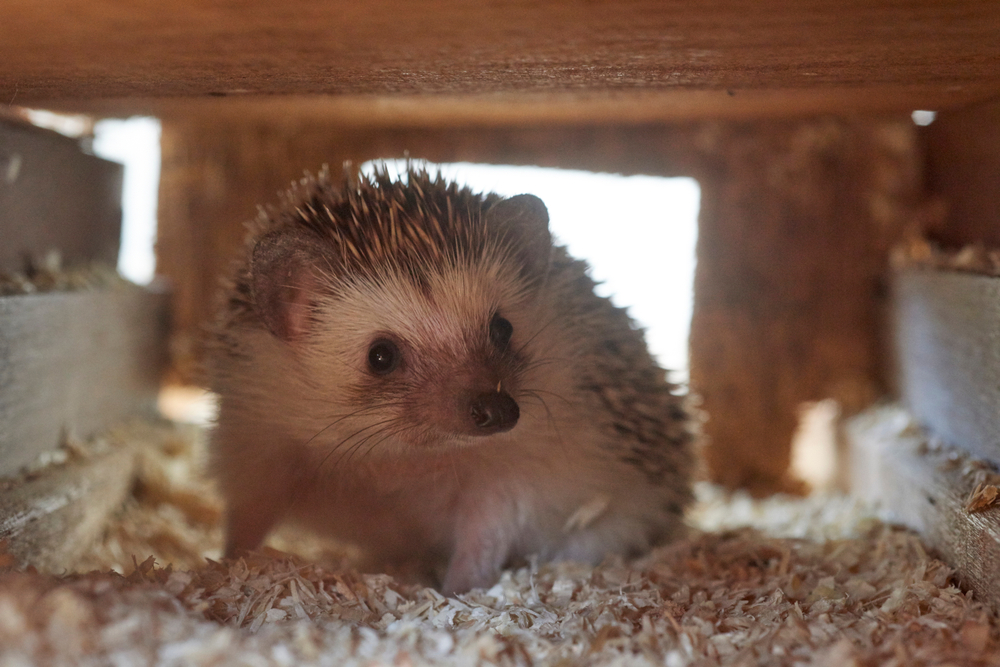Unveiling the Secret Lives of Urban Foxes: A Tale of Adaptation and Survival
As the sun sets and the city lights flicker on, there's another set of eyes that awaken to the rhythm of the urban sprawl. Known for their cunning and adaptability, the red fox (Vulpes vulpes) has found a new home in our concrete jungles. This article will dive into the fascinating world of urban foxes, exploring their history, current trends, and the surprising ways they've adapted to city life.

The Urban Fox: A History of Adaptation
Foxes have a long history of cohabitation with humans, dating back to our earliest farming communities. As we began to settle and grow crops, these clever creatures saw an opportunity. They started to live on the outskirts of human settlements, scavenging for food scraps and enjoying the safety from predators that our presence provided. Over the centuries, as our settlements expanded into cities, foxes adapted and moved with us.
From Countryside to Cityscape: The Fox Migration
In the mid-20th century, foxes began to appear in larger numbers in UK cities, particularly London. This urban migration was likely driven by a combination of factors including increased food availability and fewer predators. Today, it’s estimated there are up to 150,000 foxes living in UK cities. Similar trends have been observed globally, with urban fox populations growing in cities across Europe, North America, and Australia.
Adapting to the Concrete Jungle
Urban foxes have shown remarkable adaptability in their new environments. They’ve modified their diet to include more human-derived food and are known to forage in garbage bins and compost heaps. They’ve also adjusted their behaviour to suit city life, becoming more nocturnal to avoid human interaction. Foxes have even been observed using pedestrian crossings and railway lines to navigate the cityscape.
The Impact of Urban Foxes
The presence of foxes in our cities has sparked considerable debate. Some view them as pests, citing issues such as noise, mess, and potential disease transmission. Others celebrate their presence as a symbol of wildlife adaptation and resilience.
While it’s difficult to estimate the exact economic impact of urban foxes, some cities have seen a rise in demand for pest control services. On the other hand, the presence of foxes can also have positive effects, such as controlling rodent populations.
Looking to the Future: Conservation and Coexistence
As urban fox populations continue to grow, it’s important that we learn to coexist. This involves understanding their behaviour, mitigating potential conflicts, and appreciating the role they play in our urban ecosystems.
Urban foxes are a testament to nature’s resilience and adaptability. Their story serves as a reminder that even as our cities continue to expand, wildlife will find a way to survive and thrive. As we move forward, let’s strive for a future where humans and foxes can peacefully share the urban landscape.




